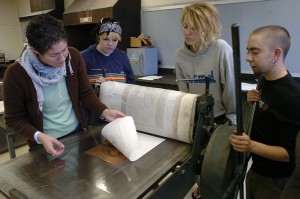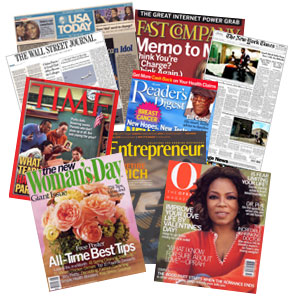Technical textiles or functional textiles, considered a sunrise sector in the country, is all set for demand taking off for products such as geo and agro textiles.
“Technical textiles is a thrust area for the Government because of the value addition involved,” said Textile Commissioner Kavita Gupta. “It can be used in infastructure projects, including ports, roads, and railways, and in sectors such as agriculture. We want to promote use of textile products that will improve productivity, health standards, and infrastructure,” she said.
Geo textiles, for example, are permeable fabrics that are used in association with soil and which have the ability to separate and filter, while agro-textiles are used in shading and in weed and insect control.
In an effort to increase use of technical textiles in Government projects, she said, “We are trying to promote interface with other ministries. The Textiles Minister has spoken to four ministers so far and will be speaking to more.” Union Textiles Minister Smriti Zubin Irani has spoken to Agriculture, Urban Development, Health, and Surface Transport ministers and is expected to have discussions with defence, railways, and heavy industries ministers too.
The aim is to create awareness, promote use of technical textile products, then ensure the usage is mandated in at least some areas. “Development and use of products have to go up. Simultaneously, standards are being created,” she said.
Functional textiles can be woven or non-woven. Automobile, geo, medical, industrial, and agro textiles are among the range of products that are made in the country. Foreign Direct Investments are also coming in, especially for geo textiles. There are a large number of units that are into production of items such as non-woven carry bags or wipes too.
The Textile Commissioner said that the number of larger industries involved in the manufacture of various technical textile products is estimated to be about 2,500. Close to 1,000 of these have received Technology Upgradation Fund Scheme support.
Industrial textiles (such as filtration fabric) and made-ups (home textiles) have taken off. “Geo (textiles used in road works) and agro textiles will [also] take off. Smart textiles (sensor embedded textiles) is another potential area,” she said.
According to K.S. Sundararaman, vice-chairman of Indian Technical Textile Association, technical textiles is a fragmented sector with several small and medium-scale industries manufacturing specialised products. “It is difficult to give a definite number on the number of units, production, etc. But, a majority of them are in the SME sector,” he said.
The main challenges for technical textiles in the country are awareness among consumers, need for technology and knowledge about it among entrepreneurs, the investments and time needed to be innovative and develop applications, and raw material availability.
“China is a generation ahead in production of technical textiles. But, their costs are going up and this is an opportunity for India,” he said. The Government should select and support entrepreneurs to be sent abroad to learn about technical textiles, he suggested.
This article comes from thehindu edit released
 Print media offers a diverse and fertile ground to nurture contemporary approaches to creative inquiry.
Print media offers a diverse and fertile ground to nurture contemporary approaches to creative inquiry.
